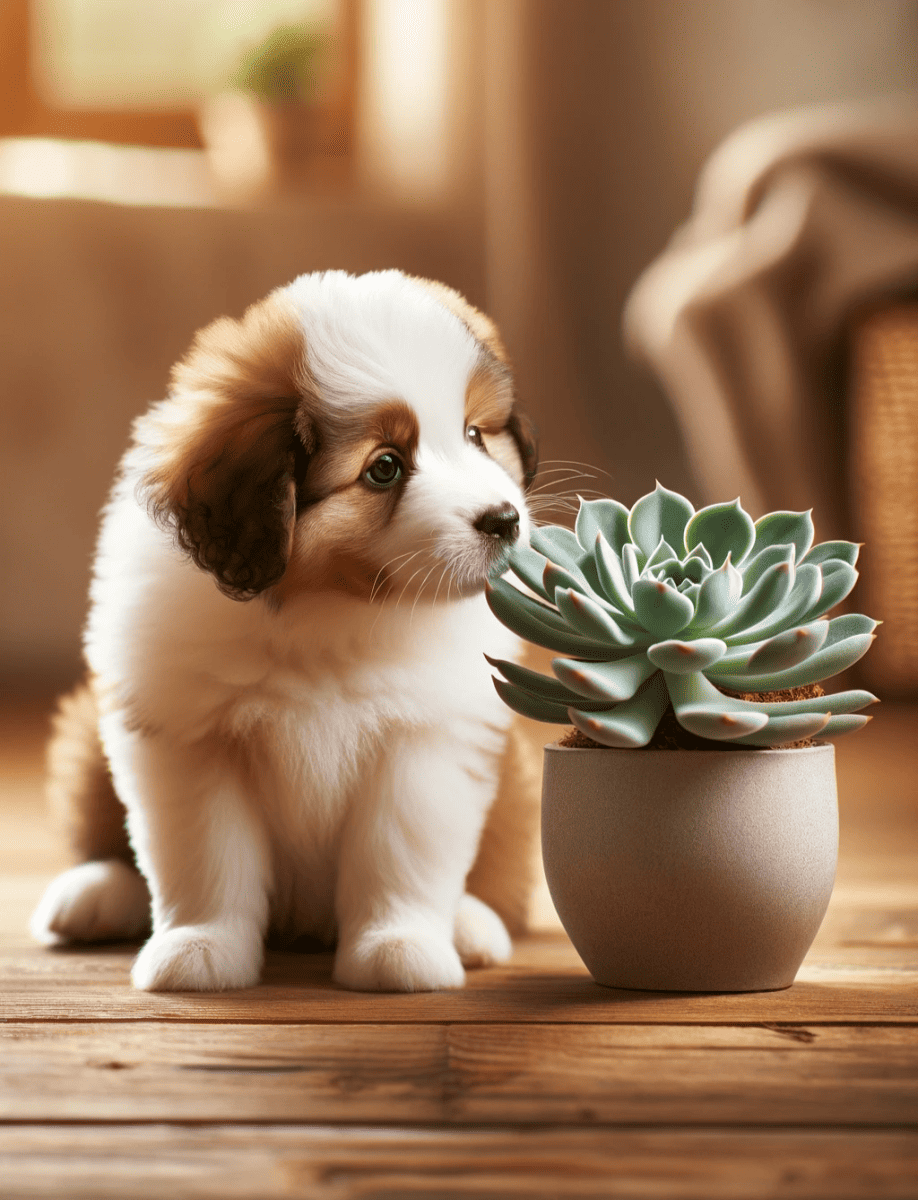Echeverias are the rockstars of the succulent world. These colorful, rosette-forming plants have striking geometry and diversity, with over 150 species to discover.
Hailing from the deserts of Mexico and South America, they come equipped with xerophytic superpowers like water-storing leaves and crassulacean acid metabolism.
But what makes echeverias so special? Read on for 15 fun facts about these Mexican natives that make them so popular in gardens and floral arrangements across the globe!
#1: Wide Variety
Echeveria is not just one plant but a whole family with over 150 species. Each one is unique, showing off a range of colors, shapes, and sizes.

Whether it's the powdery blue of 'Echeveria glauca' or the fiery red of 'Echeveria agavoides', there's an Echeveria for every taste.
Read more: 11 Types Of Echeveria You Should Consider For Your Succulent Garden
#2: Rosette Formation
These plants are famous for their rosette shape, where leaves gather around a central point. It's like having a permanent flower in your home! This pattern isn't just pretty; it also helps the plant conserve water.

#3: Color Changes
Echeverias are like mood rings of the succulent world. Their colors change with sunlight, seasons, and their environment. They might turn from green to red in bright sun, or develop vivid highlights in cooler temperatures. It's a living decoration that changes throughout the year.

#4: Easy Propagation
Got a leaf falling off? Plant it! Echeveria leaves can grow into new plants. This makes them super fun and easy for gardeners, especially if you're just starting out. You can literally grow a whole garden from a few leaves.
Read more: How To Propagate An Echeveria
#5: Drought Tolerant
These plants are survivors. Echeverias store water in their thick leaves, which helps them thrive even when it's dry. Originating from arid environments, they don't need much water.
This makes them perfect for dry regions or for people who forget to water their plants. Just remember that some species are more drought-tolerant than others. there is variation within the echeveria family.
#6: Blooming Beauties
Echeveria isn't just about pretty leaves; they also bloom! These plants can surprise you with bell-shaped flowers on tall stalks, strikingly contrasting with their compact leaf rosettes.

The flowers come in shades of red, orange, yellow, and pink, adding an extra pop of color to your garden or window sill.
#7: Symbolism
Echeverias aren't just plants; they carry meaning. In some cultures, these succulents symbolize enduring love, thanks to their long-lasting and resilient nature.

Echeverias are often given as gifts to represent strength and timelessness in relationships.
#8: Native Habitats
These plants are native to Central America, Mexico, and northwestern South America.

Echeverias are native to these semi-desert regions, which explains their love for the sun and their drought-tolerant nature.
#9: Popular in Design
Echeverias are the stars of the succulent world when it comes to design.

Their geometric shapes and diverse colors make them a favorite in landscape design, container gardens, and indoor décor. They add a modern touch to any setting.
Read more: 67 Creative Succulent Ideas to Elevate Your Room Design
#10: Hummingbird Attractors
The beauty of Echeveria isn't lost on wildlife. Some Echeveria species are known to attract hummingbirds with their flowers. This adds an extra layer of beauty and activity to gardens, making them a delight for bird watchers.

#11: Healing Properties
Some Echeveria species are more than just pretty faces; they're believed to have healing properties. Traditionally, they've been used in home remedies for treating minor burns and wounds.

#12: Non-Toxic to Pets
Pet owners, rejoice! Echeverias are non-toxic to cats and dogs. This makes them a safe and worry-free option for adding greenery to your home when you have furry friends around.

#13: Winter Dormancy
Many Echeverias take a winter nap. During this dormancy period in colder months, they require even less water and pause their growth. This rest period is crucial for their health and blooming in the following season.
#14: Sunlight Lovers
Echeverias love soaking up the sun. While they can tolerate some indirect light, they truly thrive in full sunlight.

Sunlight helps echeverias maintain their vibrant colors and compact shape, ensuring they look their best.
Read more: Does Echeveria Need Full Sun?
#15: Popular in Bouquets
Echeverias aren't just for pots and gardens; they're a hit in the floral world too.

Their durability and unique appearance make them a popular choice for adding a special touch to bouquets and floral arrangements, bringing a bit of nature's geometry to any celebration.
That's a Wrap on Wonderful Echeverias
Echeverias clearly have superpowers. With endless variety, stress-proof abilities, and geometrical beauty, they have carved out a space in gardens and homes worldwide.
These rosette-forming wonders reveal new colors with the seasons and add modern flair to any setting. Plus, their resilience and traditional healing uses reveal why cultures have long prized them as symbols of love.
So next time you're designing a space, crafting a bouquet, or want to add artful beauty to your home, reach for an echeveria. Their sculptural presence and staying power mean your living décor will bloom for years to come!

Do you sell these plants? I would love to buy some. Thanks
Hi Virginia! Sorry, we don’t sell plants.